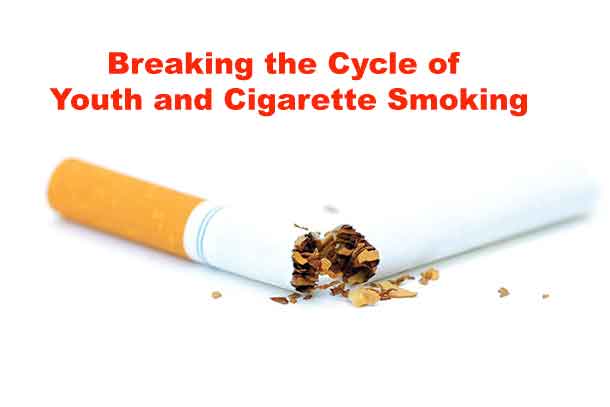
TORONTO – HEALTH – A first-ever guideline from the Canadian Task Force on Preventive Health Care on tobacco use by children and youth aged 5 to 18 years recommends that physicians should play a more active role in the prevention and treatment of cigarette smoking in this age group.
Dr. John Oyston, University of Toronto and Scarborough Rouge Hospital, Toronto, Ontario, suggests that “Canada should pass federal legislation banning the supply of all tobacco and nicotine-containing products — excluding smoking cessation products — to anyone under the age of 21.”
Other jurisdictions that have raised the legal age for tobacco use have seen smoking rates in youth decrease. In Needham, Massachusetts, which raised the legal age to 21, smoking rates declined 47% in high schools. In the six Canadian provinces where the legal age is 19, smoking prevalence is 11.7% compared with 14.8% in those where the legal age is 18 years.
“As physicians, we should spare no effort in preventing young people from starting to smoke. Eighteen or 19 is too young to be allowed legal access to an addictive and carcinogenic product that can never be used safely,” writes Dr. Oyston. “Raising the minimum legal age for access to tobacco is a scientifically proven, legally and politically quick, cheap and effective way to deprive the tobacco industry of recruiting a new generation of young people as their customers.”
In Canadian children and youth between grades 6 and 12, 18% have tried cigarettes, with 3% of children in grade 6 and up to 36% in grade 12. Smoking in adulthood is linked to trying cigarettes as children or youth, with almost 90% of adult smokers having tried cigarettes by age 18.
“Advice from primary care physicians and allied health care professionals is just one tool in the tool kit that society can use in the prevention and treatment of smoking, but it is a crucial tool for helping to reduce and prevent cigarette use among youth,” said Dr. Brett Thombs, chair-elect of the task force and chair of the guideline working group. “We have no doubt that doctors can work effectively alongside governments, parents and schools to educate children and youth on the harmful effects of smoking. However, we still need more research to identify the most effective ways for them to do this.”
The task force recommends that physicians should ask children and youth (aged 5-18 years) and/or their parents about tobacco use by the child or youth and offer brief information and advice as appropriate during primary care visits to prevent or treat tobacco smoking.
The guideline was developed by the Canadian Task Force on Preventive Health Care, an independent body of primary care and prevention experts who evaluated the strength and quality of evidence from randomized controlled trials (RCTs) of behavioural interventions (e.g., information and counselling) applicable to primary care settings.
The guideline and tools for physicians are available at http://canadiantaskforce.





